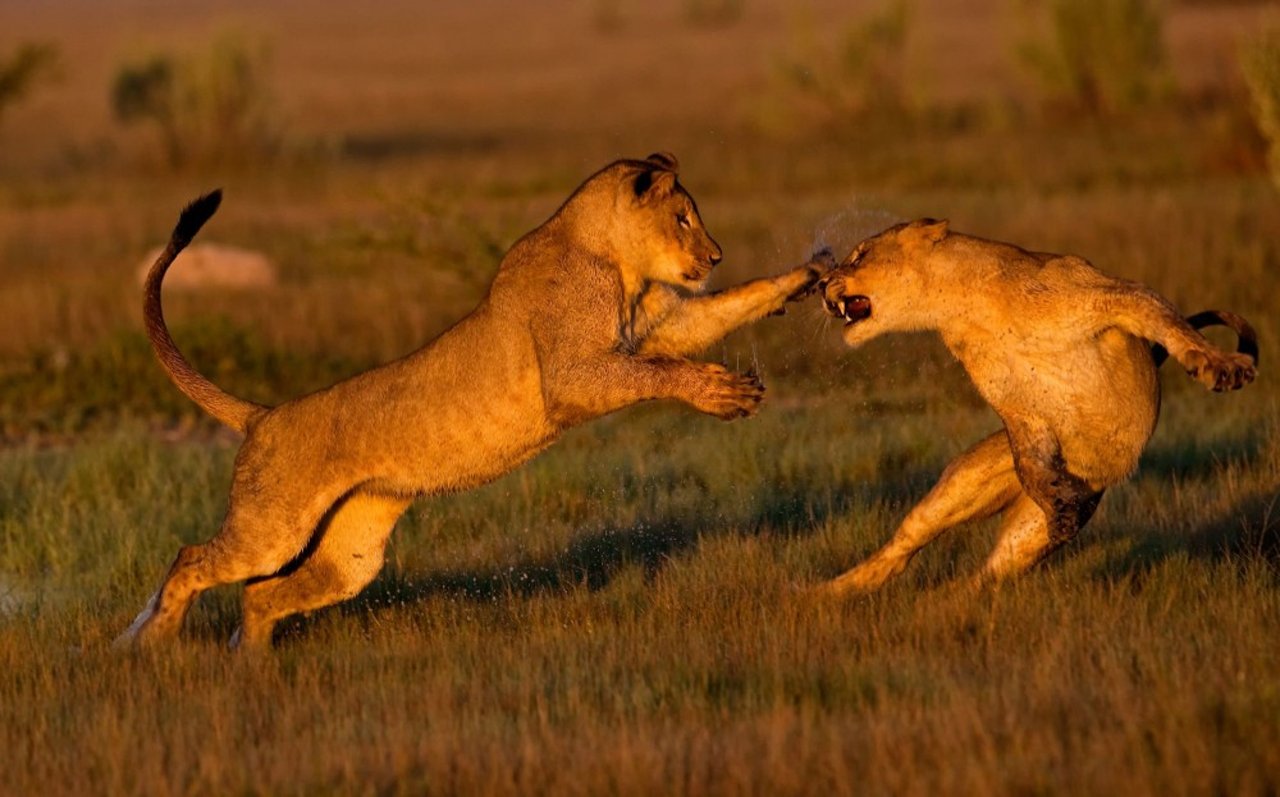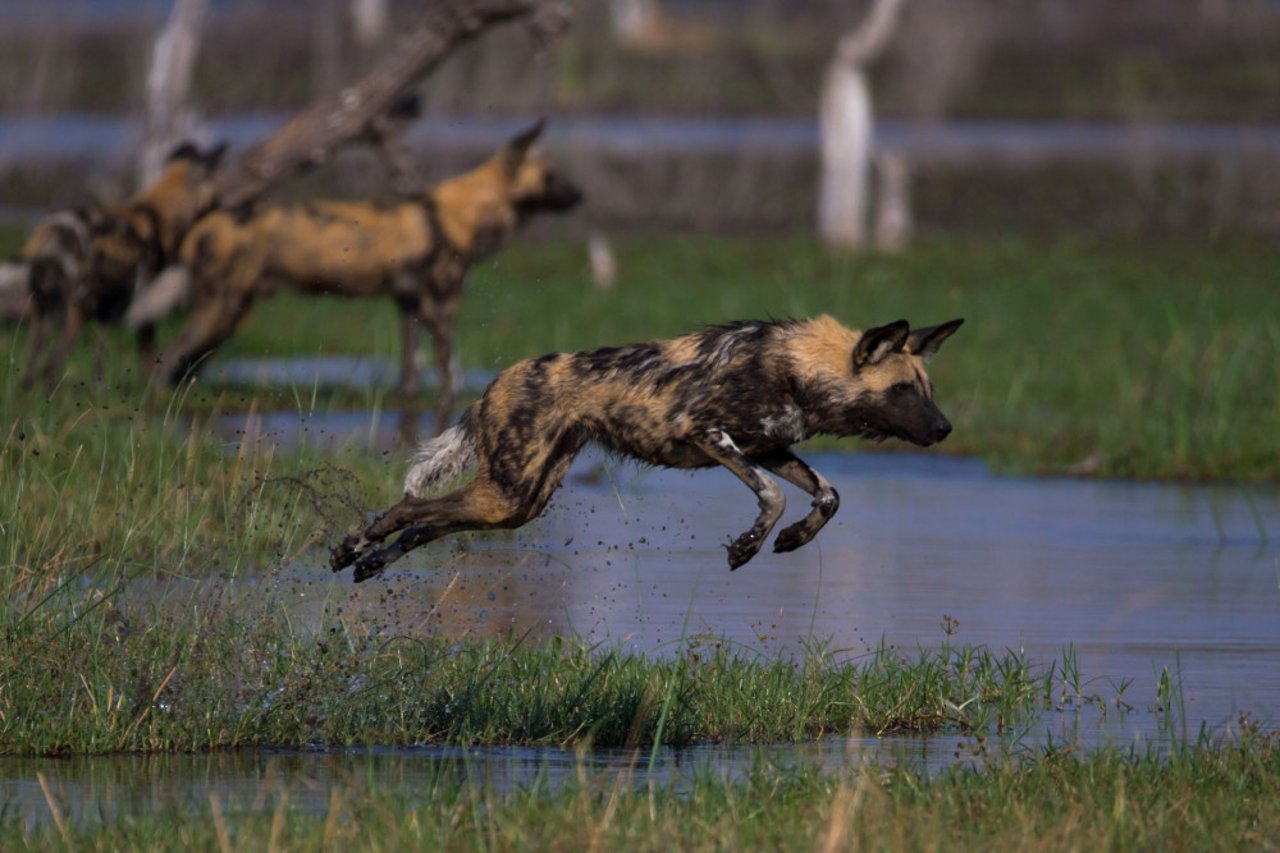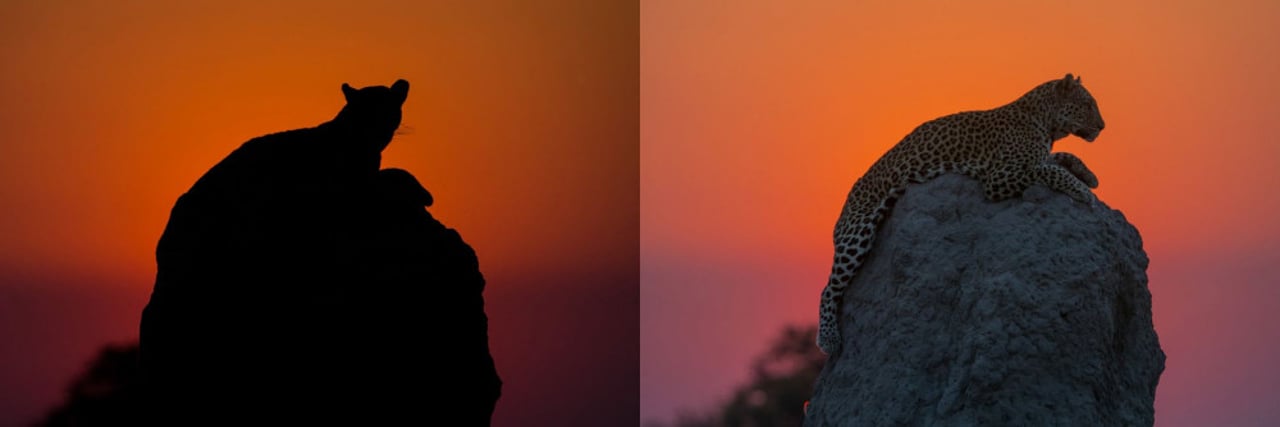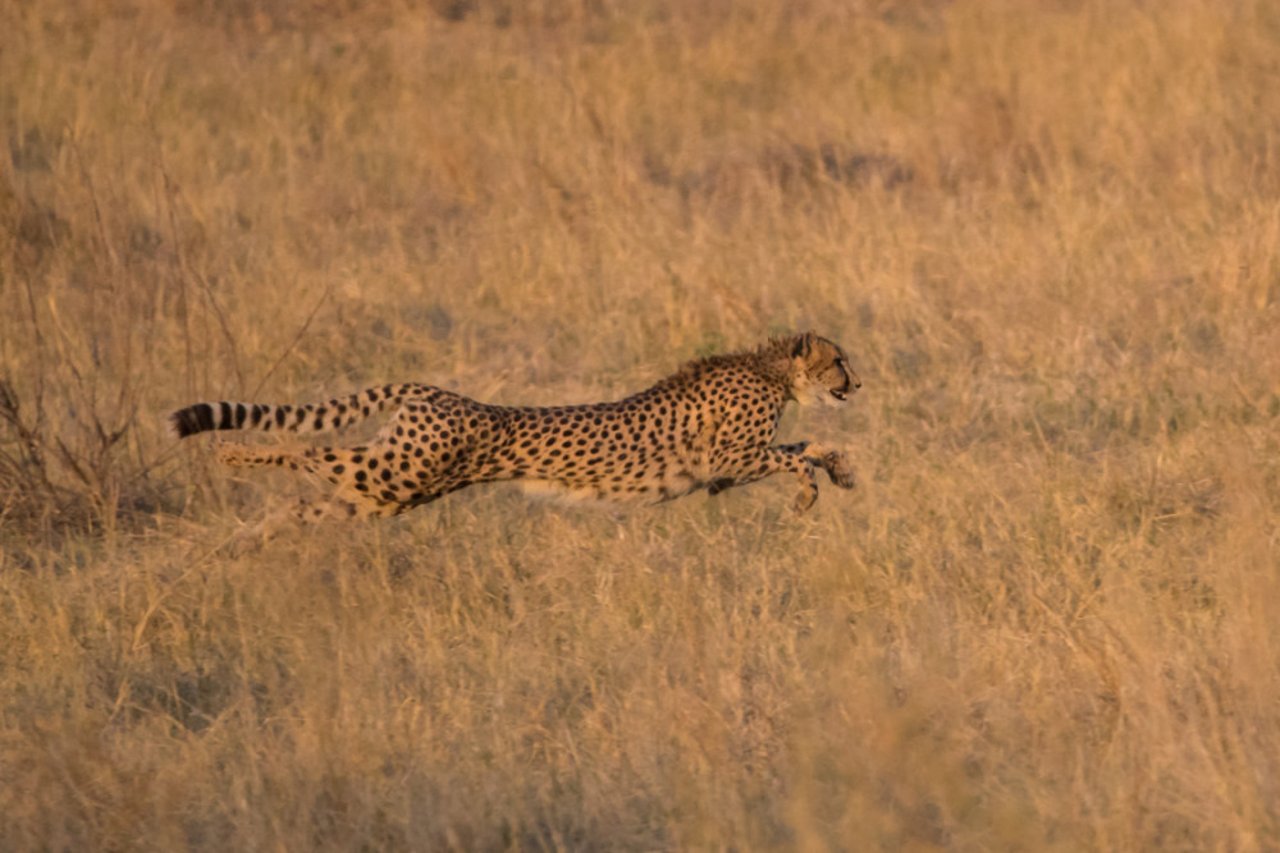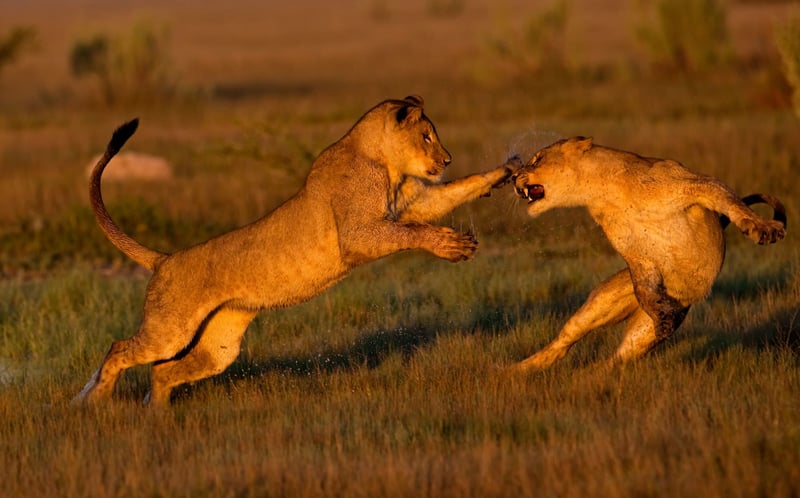
Tips from a world-renowned wildlife photographer
News
In 2015, Dr. Don Gutoski, a Canadian from London, Ontario was named the Wildlife Photographer of the Year at the Natural History Museum in London, England for his picture “A Tale of Two Foxes”. He waited for 3 hours in -30 C temperatures for the perfect shot.
Don found his passion for photography at an early age, surveying local wildlife through his lens. Since then he has travelled the world, from our Canadian North to India’s jungles, capturing the magnificence of wildlife in their natural habitat and sharing those pictures with the world.
With his breadth of experience capturing incredible moments of wildlife, we asked Don to share some insights for other aspiring wildlife photographers. Here are his tips…
Tip #1: Do your homework before heading out
If you know what wildlife species you’re looking for, do some research. Learn about their habitat, their behaviour and how it changes at different times of the year. Though you can never be prepared for every situation, you can educate yourself so that you can make the most out of every opportunity.
If you want to see polar bears, Churchill, Manitoba is a great place to do that. Polar bears use ice as a platform to hunt for their food. Because the land in Churchill extends out into Hudson Bay, the ice begins to freeze here first and so polar bears will congregate here to begin the season.
A polar bear and her cub.
If you want to see elephants in Africa, you might want to visit during the drought seasons because the elephants congregate on waterways so they’re easy to locate. They’re also very active at this time of year so you’re more likely to see many individuals interacting.
Elephants at play in the water.
Tip #2: Expand your expectations
Wildlife is unpredictable. Even if you do your research you never know for certain what your wildlife subjects will do or how events will impact their location and behaviour.
I recently planned a trip to Botswana with the hope of seeing African dogs, a favourite subject of mine. The most reliable time to see African dogs is when they are denning (in July, August and September). If you can find a den to watch during these months, you are likely to see dogs every day and I knew of two dens in the area I was traveling to.
As luck would have it, a week before we arrived both dens were disrupted by lions and hyenas, driving the dogs to change locations. Despite searching, I never spotted African dogs on my trip. However, I did spot leopards, cheetahs and lions, many more than I had ever seen before. This trip turned into the best photo safari I’ve ever experienced in Botswana and I came home with many great photos.
Over the years I’ve learned to be flexible, optimistic and to work with what I have. You’ll be rewarded for it.
Defying gravity – a leopard descending a tree.
Tip #3: Don’t interfere with the animals
People should see wildlife in their natural habitat. I’ve never taken a good picture of a baited or tamed animal. I find the spectacular and special moments come when animals are behaving naturally.
Two lions playing.
Responsible wildlife tourism also helps to fund conservation and local economies. But if people interfere with a wild animals’ natural behaviour, it can cause serious harm to the animal.
Baiting wildlife is unsafe and encourages them to get closer to people. If a baited wild animal poses a threat to people, at some point there will be a conflict and the animal is always going to lose.
It happens frequently with bears across most of Canada. When they are baited or come into areas with food, it leads them to become more aggressive towards humans and often the bear must be put down. When I was young and my family would drive through Algonquin, we would see people feeding the animals. Now there is a saying, to feed a bear is to kill a bear.
Tip #4: Ensure your tour operators are meeting the highest safety and welfare standards
Having a guide can enhance your experience and is a necessity in some countries.
Many people travel to Africa looking to see wildlife performing their hunting behaviour. A common mistake is trying to get too close, disturbing the animal and their hunt. A good guide should know how close can get, how much time they can hang around, how to follow but not disturb.
The best tour operators are responsible and good stewards for the wildlife. Tour operators want you to safely experience the animals. They also want the animals to be there for generations of tourists to experience.
Research different tour operators. Some companies are well-known and have a good reputation. They may offer trips worldwide, so if you like them you can stick with them for various locations and experiences. Sometimes it’s a matter of finding an experienced individual or a local group and starting your search from there. Check to make sure they have a good reputation and are meeting the highest standards. Most good and responsible tour operators have a policy towards animals on their website.
Leap of faith – a wild dog jumping.
Tip #5: Don’t forget the backdrop
First you’ll want to locate your wildlife subject but you should always be thinking about the backdrop next.
Where is the sun? What’s behind the animal? Can you alter that to your advantage? Look for light or dark behind your subject, avoid objects that might distract from your subject.
The difference between different approaches to your subject can change a photo dramatically.
Same subject, different angles – a leopard on a termite mound.
Tip #6: Be mobile
Tripods hold the weight of the camera and keep it steady for you. They’re great if you’re sitting in a blind and not moving; when you can expect your wildlife subject to be somewhere in front of you.
But tripods are heavy and take time to set up, balance and focus, making it easy to miss your opportunity. If you’re walking or driving around, such as on safari or walk through forest, it’s nice to be flexible and mobile.
Having the flexibility to shoot quickly (to point and shoot as an animal is running) is going to give you better opportunities and results than if you were to use a tripod.
Following a cheetah as it’s running and hunting at full speed (110 km/hour) happens suddenly. The cheetah moves from stalking to a full out run in a moment’s notice. To get this picture, you must have the ability to get the subject in your camera’s viewfinder and stay with as it’s running.
Modern equipment gives you the ability to get your shutter speed high enough to capture those action shots. In most cases, all you need is a handheld camera and a telephoto lens.
Another tool that you can use strategically is a beanbag – use a cloth or other material to create a ledge for the camera to rest on, taking the weight off your arms. This can still slow you down but is a quicker option than using a tripod.
A cheetah at full throttle.
Tip #7: Know your equipment
Make sure the settings on your camera are such that they will give you the best possible result.
Stop action, blurring the background and getting the proper exposure on an animal are all techniques that your camera settings can help you achieve. You have to understand what each setting on your camera does and how it relates to the picture you’re trying to achieve.
Taken in very low light – a hyena looking up a tree.
Not many years ago I wouldn’t have been able to take this picture in such low light. Several other people were around at the same time but most thought it was too dark so didn’t even bother. Using the right settings, I ended up with something interesting.
Keeping cruelty out of the picture
Like Don, we believe that wildlife should remain in the wild. We recently published a new report examining the growing problem of animals being captured from the wild so they can be used as quick photo opportunities for tourists. These pictures can look harmless but behind the scenes there often is cruelty involved.
If an animal is not in their natural habitat, if they are being baited with food or if they are being held or restrained, don’t take a picture.
Click here for Learn more tips to keep your wildlife photography cruelty-free >
All photos were taken by and belong to Dr. Don Gutoski.



